
Volkswagen Tiguan Estate (2008-2016) review

At a glance
| Price new | £19,961 - £31,935 |
|---|---|
| Used prices | £1,050 - £12,268 |
| Road tax cost | £165 - £735 |
| Insurance group | 15 - 25 |
Get an insurance quote with

|
|
| Fuel economy | Not tested to latest standards |
| Range | 394 - 788 miles |
| Number of doors | 5 |
| View full specs for a specific version | |
Available fuel types
Petrol
Diesel
Pros & cons
- Neatly styled
- Robust interior
- Comfortable and safe on the move
- Alternatives are better value for money
- 1.4 TSI engine feels sluggish
- Diesels are very economical
Volkswagen Tiguan (08-16) rivals
Overview
Scroll down or use the links below to jump to:
Volkswagen’s first small SUV was neatly styled, well equipped and powered by some very impressive engines. As a used buy it continues to prove popular with family buyers looking for a practical, well-priced SUV that is cheap to run and looks good on the driveway.
It needs to be, as there are lots of great used alternatives, incluing the BMW X1, Honda CR-V and Ford Kuga. It looks similar in many ways to tthe Golf hatchback, although most of the main components are unique to the Volkswagen Tiguan, while inside it’s well built, comfortable and there’s plenty of room.
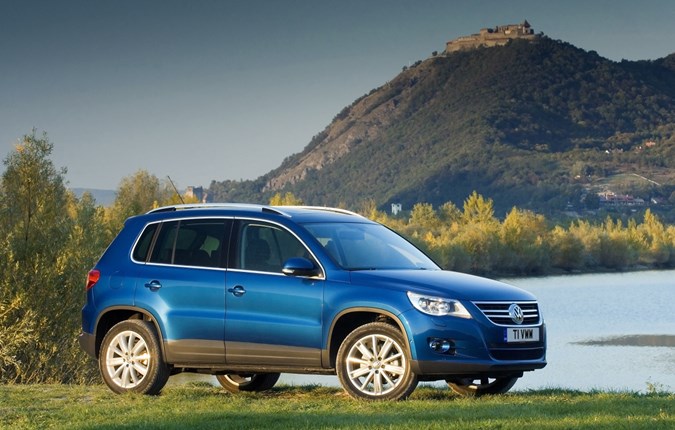
Volkswagen Tiguan buying guide
Volkswagen Tiguan owners like their cars but do have to put up with a number of niggles that effect this car’s long-term reliability.
The biggest issue that these cars suffer from is timing chain slip, which happens because the plastic tensioner isn’t up to the job – so that if you leave the car in gear on a hill, and it rolls, it can force the chain to jump a tooth, with disastrous results. The issue is limited to pre-2011 1.4-litre TSI petrols – so if the engine is rattling at idle, walk away.
The PD diesels are reliable, but if you notice a distinct lack of power or, worse, if it goes into ‘limp-home’ mode while on a test drive it could be suffering from a clogged variable vane turbo. The 140 and 170hp TDI was fitted with a Diesel Particulate Filter (DPF) from 2007, so watch for any warning lights. Thankfully, the late-2008 common rail 2.0-litre diesel (identified by its four-digit engine code and angled manifold mouldings on the plastic engine cover) is largely trouble-free and very smooth.
With age also comes turbocharger failure, although, this looks like an issue that affects earlier cars. If there’s white smoke from the exhaust at idle or it whistles as boost builds up on the test drive, you’re probably looking at a turbo that’s about to fail.
Other than that Mk1 Tiguans are reasonably reliable, with the turbodiesel engines capable of racking up some serious mileages. Other issues to look out for are rough running, poor brake performance and random oil leaks – but part of owning any Tiguan of this age is to keep a close eye on the oil level, anyway, as seemingly healthy engines are known to consume lubricant at a rate of anything up to one litre per 1,500 miles.
What models can you buy used?
There’s a choice of models with either two or four-wheel drive along with low-emission BlueMotion versions. But whatever you choose, the Tiguan is really designed for on road use. In June 2011 the Tiguan was facelifted with some small styling changes to the exterior and interior, while some improvements were also made to the engine range.
Volkswagen exended the Tiguan range during its life to includes several Bluemotion models. These versions offered better fuel economy and lower emissions than many rivals, with the 2.0 TDI in 110hp form providing 53.3mpg and 139g/km carbon dioxide emissions.
At the other end of the scale, VW also offered the Escape version of the Tiguan that has improved entry and departure angles for better off-road driving. While this is of limited interest to most Tiguan buyers, it did mean the VW could compete on a more even footing with the Land Rover Freelander and Nissan X-Trail.
What’s it like inside?

Anyone who’s previously owned a Volkswagen will instantly be at home behind the wheel of the Tiguan. The driver’s seat is multi-adjustable and the steering wheel moves for both height and reach, which makes it easy to find a comfortable driving position. The elevated driving position gives a commanding view of the road and visibility is good – although small wing mirrors and blind spots mean it’s not quite perfect. The layout of the controls is excellent and they’re easy to use on the move.
The Tiguan was the first Volkswagen model to be fitted with a touch screen satellite navigation system. Available on top models, it was intuitive, easy to get to grips with and surprisingly versatile. Another plus point was a built-in hard-drive on which MP3 music files can be stored. SD cards and MP3 CDs are also compatible.
Volkswagen Tiguan comfort levels are fairly high. Thanks to an excellent ride and minimal wind and road noise, all on board should find it comfortable. The fit-and-finish of the cabin is excellent and there’s an upmarket feel inside while buyers who opt for the panoramic sunroof will get an exceptionally light interior. Legroom is a little tight in the back, although the car’s width means that there’s plenty of room for three rear passengers.
The diesel engines are particularly good for motorway cruising thanks to their relaxed nature.
How practical is it?
There’s an innovative drop-down towbar available on the Tiguan. At the pull of a cord, a tow bar is released from underneath the car and clicks into place. Once finished with, it slots back underneath the car. It makes an excellent tow car too, capable of towing a braked weight of up to 2,500kg (if you opt for the Escape model). The model’s family appeal is confirmed by its large boot and sliding rear seats.
Pulling a lever collapses the seats for an almost totally flat floor and a cavernous load area.
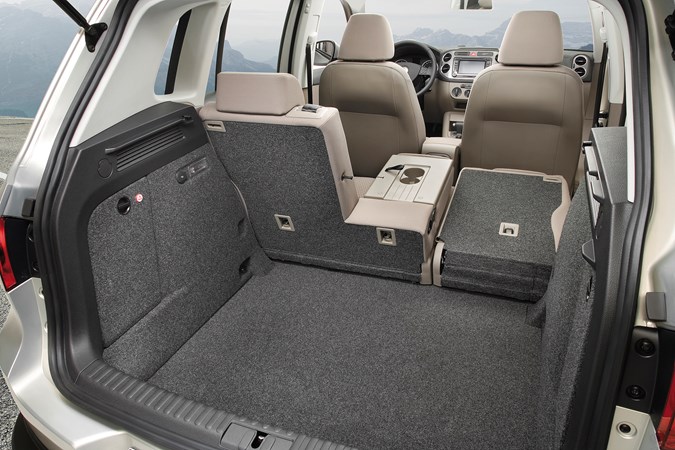
How much does it cost to run?
The Volkswagen Tiguan running costs aren’t too ruinous. It holds its value as well as other upmarket small off-roaders like the Honda CR-V, but servicing and parts may be more expensive when compared to these alternatives. Fuel economy is good across the range – the 2.0-litre diesel is capable of around 40mpg – a respectable figure for a small 4x4.
The Volkswagen Tiguan emissions are reasonably good when compared with other small SUVs and there are Bluemotion Technology versions available – although these are two-wheel drive models. The 2.0 TDI 140 BlueMotion Technology variant emits 139g/km of CO2 and is capable of an impressive average fuel economy of 53.3mpg.
What’s it like to drive?
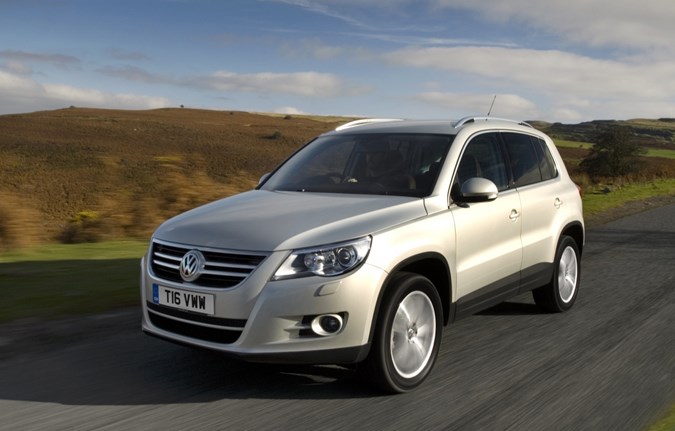
There was a range of petrol and diesel engines providing Volkswagen Tiguan performance.
Petrol engines
A 1.4-litre kicked off the line-up but usually an engine this small would be unsuitable for a car this size. However the 1.4-litre TSI is a very different engine as it uses twin-chargers – meaning it produces an impressive 150hp. It’s smooth and quiet but can feel a little sluggish on the move and needs to be worked quite hard in order to get meaningful performance as it lacks in-gear punch. In the 1.4 TSI version, CO2 emissions drop to 156g/km while economy increases from 35mpg to 42mpg with the front-wheel drive version.
A 2.0 TSI engine was available which has 170hp and a 0-62mph time of 8.5 seconds (1.1 seconds faster than the 1.4 TSI) but the most powerful model is the 2.0 TSI with 200hp – the same engine that’s used in the 2005 Golf GTI. It’s only available in Sport or R Line trim and propels the Tiguan from 0-62mph in 7.9 seconds while economy is 32mpg.
Diesel engines
The diesels make more sense and accounted for nine of every 10 models sold back in the day. The 2.0 TDI was available in two outputs of either 140hp or 170hp, it has more pulling power than either petrol and as a result even the lower power version feels brisker on the move.
The 170hp is very swift and will cover the 0-62mph benchmark in just 8.9 seconds while returning an almost identical 40mpg to the 138bhp version – making it our pick of the range. Whichever power version you choose, the TDI makes a comfortable motorway cruiser, but also has the pace to make light work of B-roads.
Facelift in 2009
In May 2009 two-wheel drive versions of the 1.4 TSI and 2.0 TDI 140 engines were added, while November 2009 saw Bluemotion Technology models introduced. These low-emissions variants use the same two engines (and only as two-wheel drive). The 2.0 TDI is even more impressive with economy of 53mpg, up from 44mpg.
All Tiguan models had a six-speed manual gearbox with the option of a Tiptronic automatic on the larger petrols and 140hp diesel.
.jpg)
Handling and ride
The Tiguan is capable out of town, too. It corners well and doesn’t particularly suffer from bodyroll, despite its tall shape while on the motorway it cruises comfortably. However it’s not suitable if you’re a serious off-road enthusiast, although the Escape model – with shorter overhangs and off-road settings (including hill descent control), is more capable.
Unlike serious off roaders, there’s no low-ratio gearbox available, however four-wheel drive models come with 4Motion – this system senses when a wheel starts to slip and increases power to the other wheels to maintain traction. It means that the Tiguan can tackle muddy lanes with ease.
How safe is it?
Volkswagen Tiguan safety shouldn’t provide too much cause for concern. The SUV was awarded a top five-star Euro NCAP crash test rating, which is very good for a small SUV – it also gets a four-out-of-five score for child protection.
Standard safety equipment includes front and curtain airbags (rear side airbags are an option) plus an electronic stability programme and ABS (with electronic brakeforce distribution), while security is taken care of with remote central locking and an alarm.
Read on to see which model we recommend in our Volkswagen Tiguan verdict
.jpg)


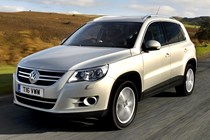
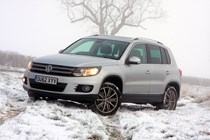
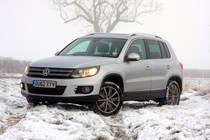
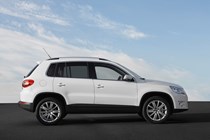
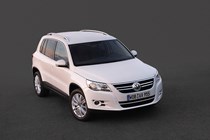
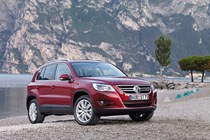
.jpg)
.jpg)
.jpg)

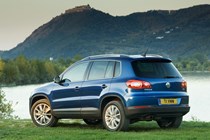

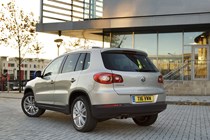
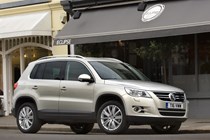
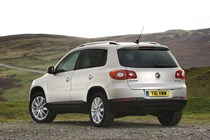
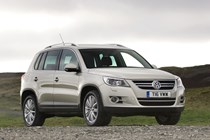
.jpg)
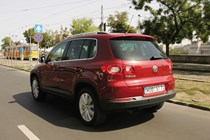
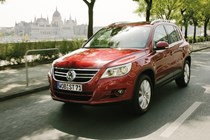
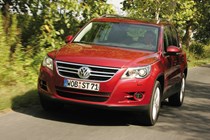
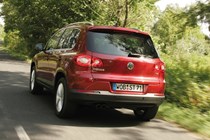
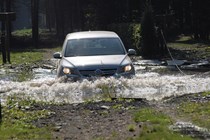
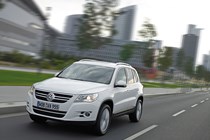
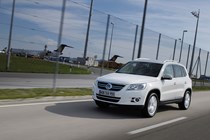

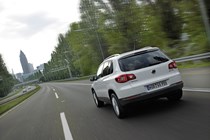

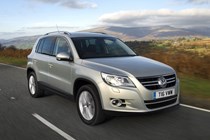

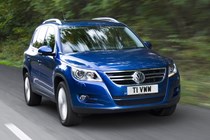
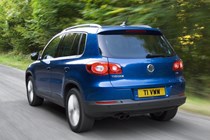
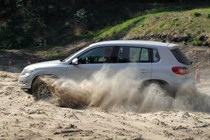
.jpg)
.jpg)
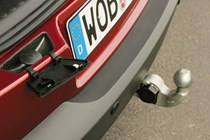
.jpg)
.jpg)
.jpg)
.jpg)
.jpg)
.jpg)
.jpg)
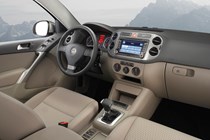
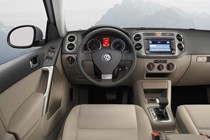
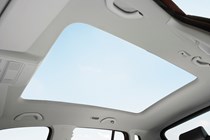
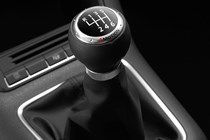
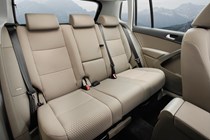
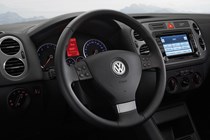
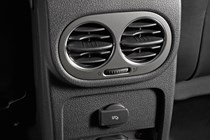
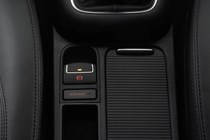
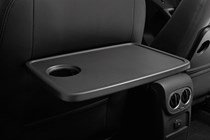
.jpg)
.jpg)
.jpg)
.jpg)
.jpg)
.jpg)
.jpg)
.jpg)
.jpg)
.jpg)
.jpg)
.jpg)
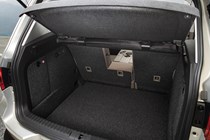

.jpg)
.jpg)
.jpg)
.jpg)
.jpg)
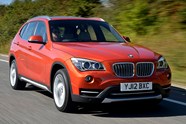
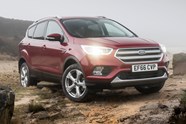







.jpg?quality=50)
.jpg?quality=50)
.jpg?quality=50)







.jpg?quality=50)















.jpg?quality=50)
.jpg?quality=50)

.jpg?quality=50)
.jpg?quality=50)
.jpg?quality=50)
.jpg?quality=50)
.jpg?quality=50)
.jpg?quality=50)
.jpg?quality=50)









.jpg?quality=50)
.jpg?quality=50)
.jpg?quality=50)
.jpg?quality=50)
.jpg?quality=50)
.jpg?quality=50)
.jpg?quality=50)
.jpg?quality=50)
.jpg?quality=50)
.jpg?quality=50)
.jpg?quality=50)
.jpg?quality=50)


.jpg?quality=50)
.jpg?quality=50)
.jpg?quality=50)
.jpg?quality=50)
.jpg?quality=50)